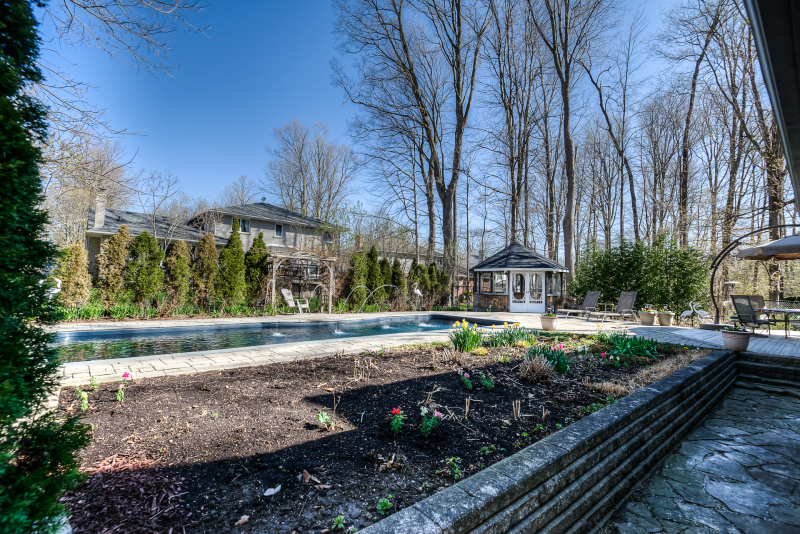
Established Neighbourhoods
A LOT of the time, I get asked whether to buy new or older with the understanding to renovate.
Of course it does depend on the best location for them, and in many cases based upon that alone, only certain types of neighbourhoods are reasonable to be considered. But all things being equal, I far prefer established neighbourhoods, and when you can’t afford one of them, then try to fight your way into a mature neighbourhood.
On the average, lots are bigger in established neighbourhoods, as the cost per front foot of a lot of land in new home subdivisions have taken off around here, because some smartypants figured out that we don’t have an endless supply of land.
From a return of investment perspective, minus out the enjoyment and immediate prestige, a home in an established neighbourhood will be more desirable in the future. There are some types of architecturally controlled neighbourhoods, that would fit into this mix as well. A set of new homes reflect the time and era in which they were built. When styles try to look new, then then trends switch, that same neighbourhood runs the risk of looking older in the future. New gets old; so if you’re thinking long term, I suggest going for a timeless look. Established neighbourhoods have that proven air, and also the nice mix of renovated homes as well, to give some balance.
Established neighbourhoods appreciate as well as pretty much any other neighbourhood over the long term (…with the exception of areas that are being gentrified, but still that is a riskier play). Newer neighbourhoods (other than estate subdivisions) tend to have higher turnover, as many people see this as a simple alternative that suits their tastes that they are conditioned to in design magazines, and just get a worry free home, while they work their way up the property ladder, so they don’t plan on staying there forever. This means a lot more turnover, and a better chance for relevant comparable sales, making the neighbourhoods more susceptible to market trends. Established neighbourhoods don’t have enough turnover to create heavy trends either way, and thus when someone wants into an established neighbourhood, they have pay (especially when the home is updated).
Physically and demographically, the newer neighbourhoods have yet to take shape as well, so some expectations are not met when they do take shape. This makes established areas a safer bet.
Buying late into a what is not trending towards being an established neighbourhood is what worries me the most, as you haven’t even had the enjoyment of it being new! Ideally you are the same age as the rest of the families there, I figure it may still have that style that you are looking for too. The problem is that it will need a renovation sooner or later to be able to be sold in the future without being discounted to the fact that it hasn’t been updated inside. So if that’s the case it makes more sense to bite the bullet, and purchase knowing some updates/renovations are in order, on a much bigger piece of land.
If I’m hungry and have to eat stale pizza, I’d rather have a big slice.
If you live a fully suburban lifestyle, and commute to where you work, then I will digress on this one, but mature neighbourhoods are closer to the local action. Cities build from the inside out, as most people want to be closer to the core, if they are able, as there tends to be far more lifestyle options there. Rosedale is pretty convenient to downtown Toronto, and real estate is pretty solid there too.
The question is if you like trees?
I do… even if I have to rake them.